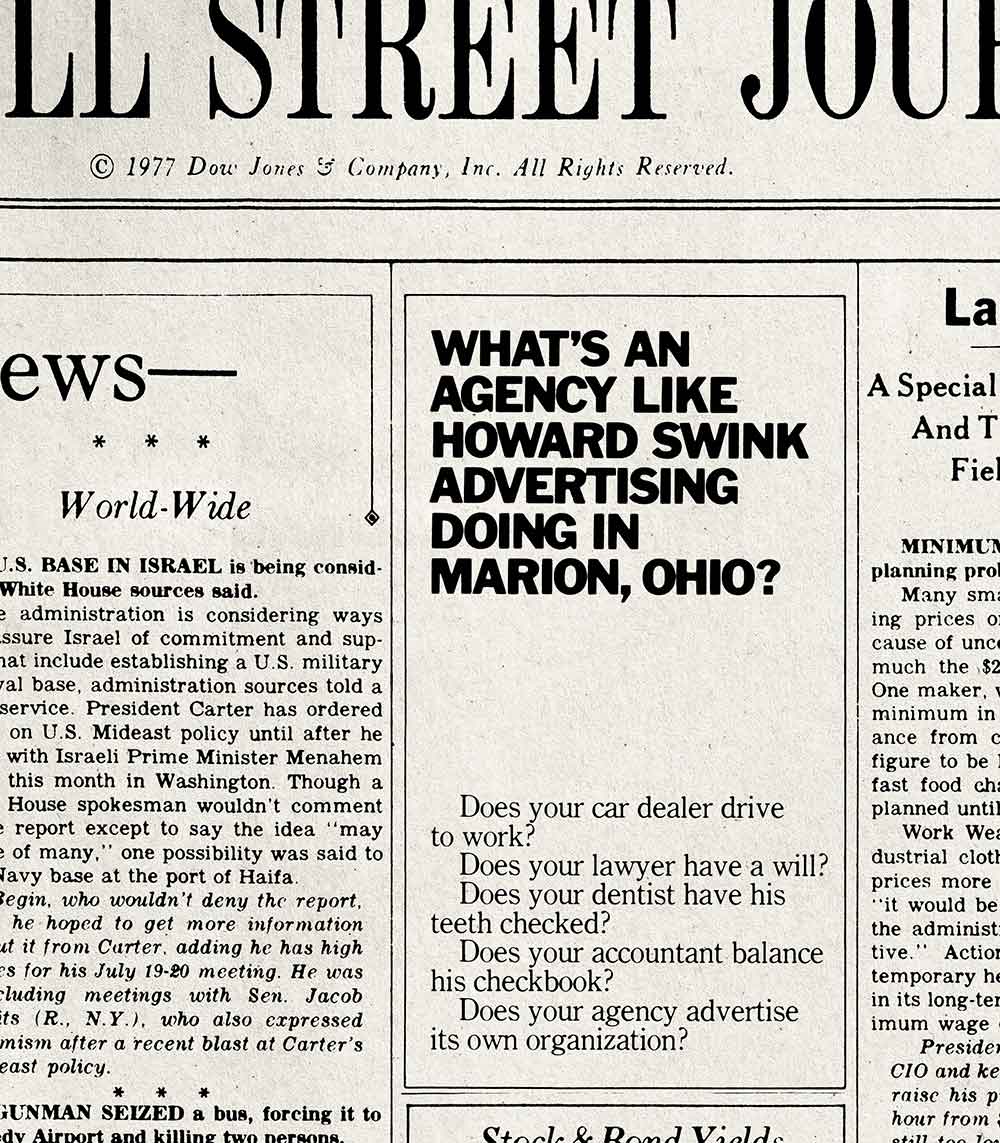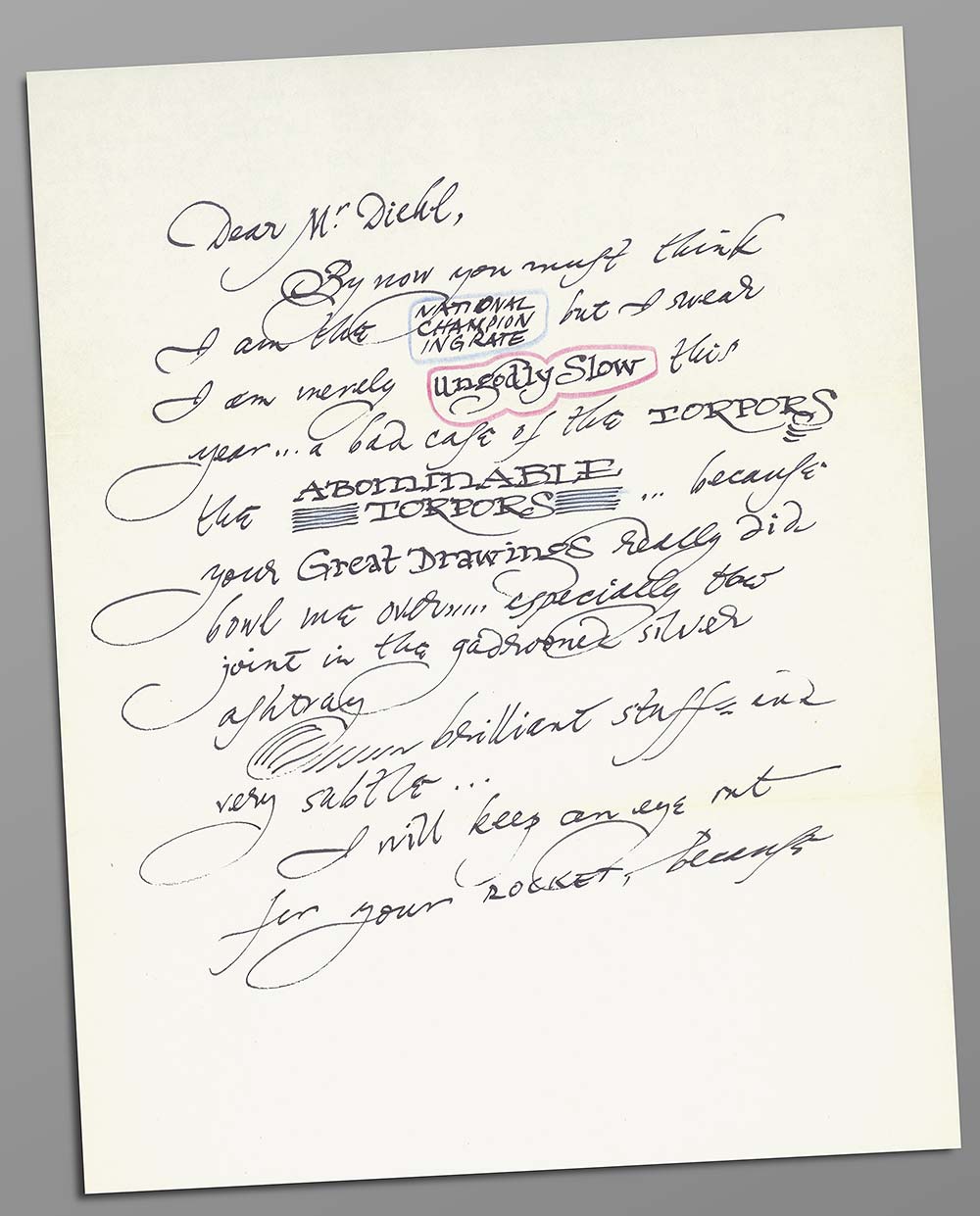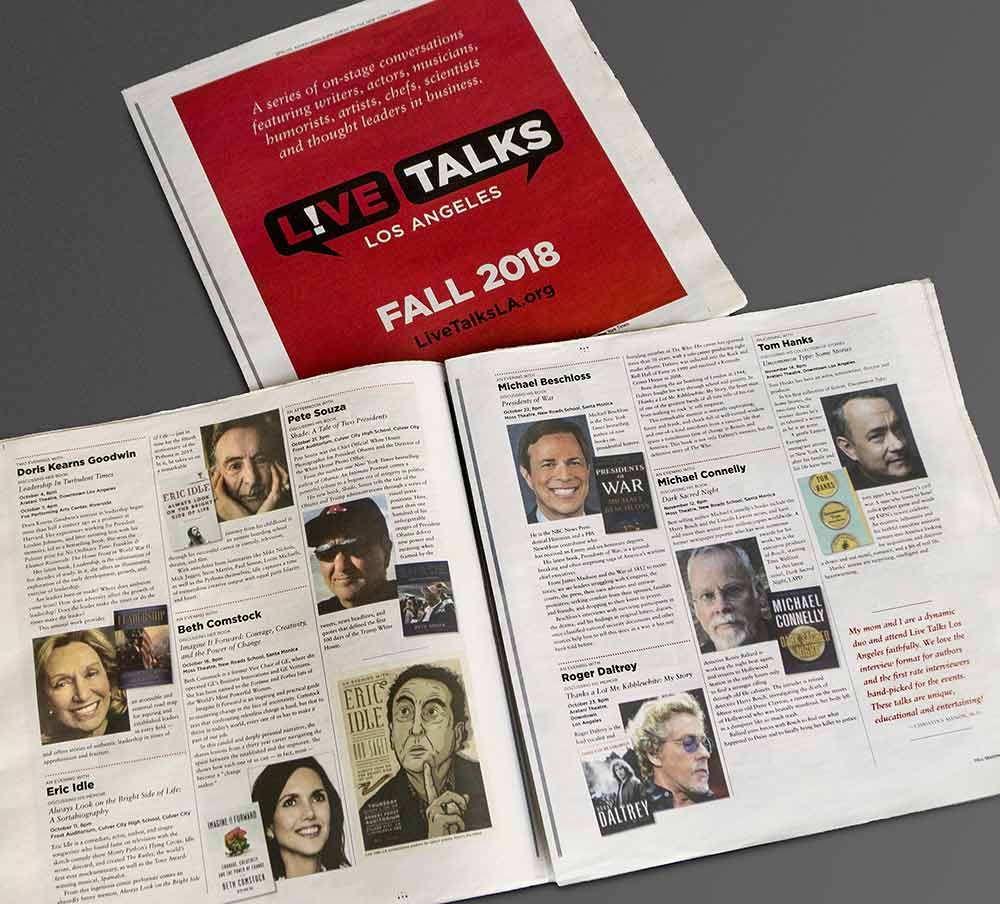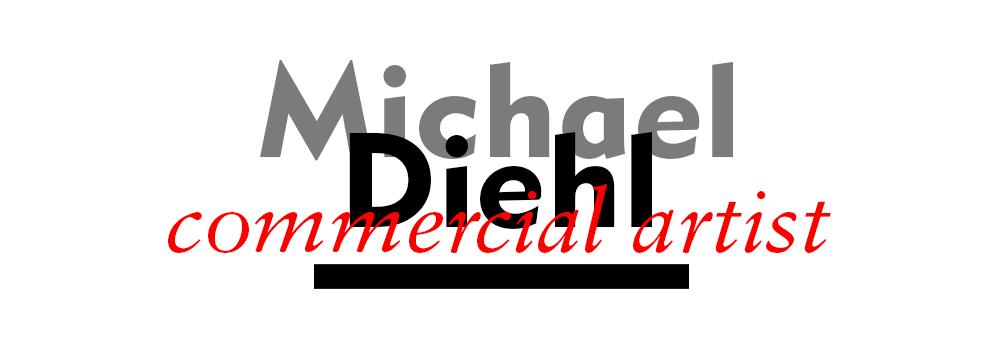I was a very lucky young fellow. Interested in advertising since before high school, I was offered a summer job at an ad agency after my freshman year in college.
I was lucky initially because Marion, Ohio, my hometown of only 38,000, was home also to three ad agencies. Fathers of several of my friends were art directors and account executives. Advertising was in the culture.
The largest of the local firms, Howard Swink Advertising, employed more than a hundred folks, including 30 creatives, and at the time was one of Ohio’s biggest agencies.
Bob Guirlinger, a senior art director at Swink, took me under his wing, allowing me to see from the inside how ads are made and how an agency functioned.
The tasks I was assigned were menial, including occasionally getting people coffee. But I learned a ton about ad production. I watched people spec type (and order it from typesetters in Columbus and even Dayton, two hours away). I also learned to operate the stat camera and create mechanical art.
The art directors, writers and creative directors I worked around impressed me as smart and witty. All the art directors could draw well in those days, as ideas were developed and presented via Magic Marker comps. Many painted watercolors or oils as a hobby. They were fine early examples to me of what it meant to be a commercial artist.
I attended Ohio University at the time but wasn’t thrilled with the program. One of Swink’s younger art directors, Steve Gunder, mentored me in the creation of a portfolio for submission to Art Center College of Design, in Los Angeles. I was accepted and given advanced standing, and transferred a year later.
Among many other things, Swink introduced me to agency self-promotion. Dick Fisher, who created Swink’s first campaign, told me:
“In 1964, I had been with Swink for seven years and had recently been named creative director. I went to Howard Swink one day and asked, ‘Why doesn’t the agency do some advertising for itself?’ He said no one had ever come up with a good idea.
“I thought about the problem for a while and came up with the line, ‘What’s an agency like Howard Swink doing in Marion, Ohio?’ It was what many people asked us when they first realized we had a pretty good agency in an unlikely place. I wrote and designed the campaign, which ran for about 20 years, 26 times a year, always under the same headline and always on the back page of the Midwest edition of the Wall Street Journal.”
Here’s one of the ads (mocked up for a brochure to appear as though the ad ran on the front page).

Throughout the campaign, the copy was consistent in length, tone and message: We’re a sizable and sophisticated organization located in a modest Midwest town. Here are three other examples:
Don’t let the location fool you. There are only about 100 agencies in the country larger than Swink. And 14 of our clients are listed on the New York Stock Exchange. Marion has lots of trees but it’s definitely not in the bush leagues.
During a typical week, Swink people are in New York, Chicago, Pittsburgh, Los Angeles, Cleveland, Cincinnati and other far-flung places. And these big cities have a lot of things Marion doesn’t. So naturally it’s a great relief to get back home.
We have offices on both sides of a busy street here in Marion. So we tell our account executives, “When you go across the street to tell the creative director you don’t like his idea, be very careful.”
Dick Fisher continued, “The campaign ran uninterrupted from June ’64 until our merger [with a larger agency in Columbus in 1985]. By then, according to an independent research study we commissioned every two years, Swink had become one of the best known and most respected names in the agency business — at least in the Midwest. And we had grown from zilch to $100 million.”
A valuable lesson learned early: advertising employing a smart strategy, humor and not least, persistence, pays off.
I’m grateful for my my time at Swink, and especially to Bob Guirlinger, Steve Gunder and Dick Fisher, and several others who took interest in me that summer.
What a tremendous way to launch a career.




